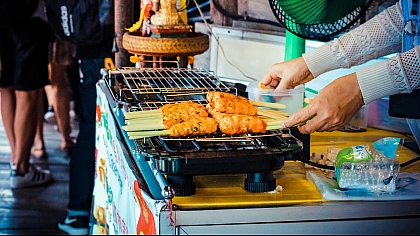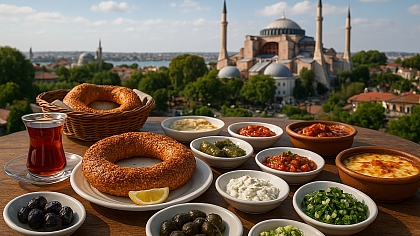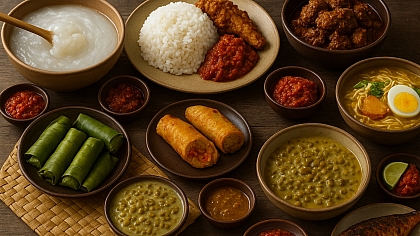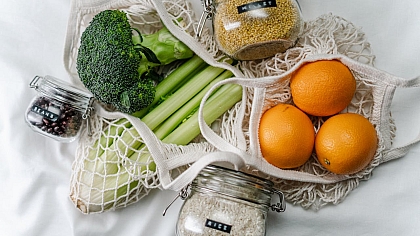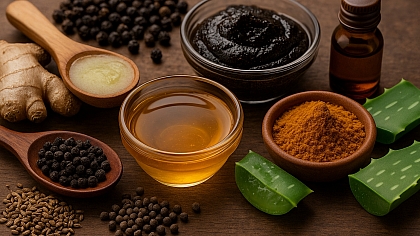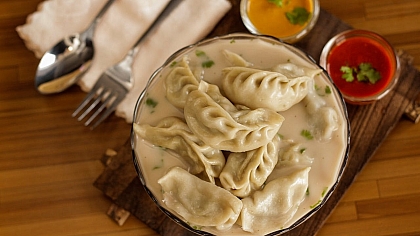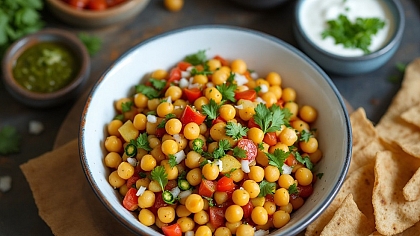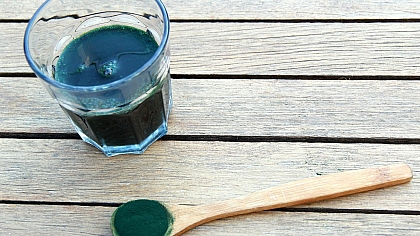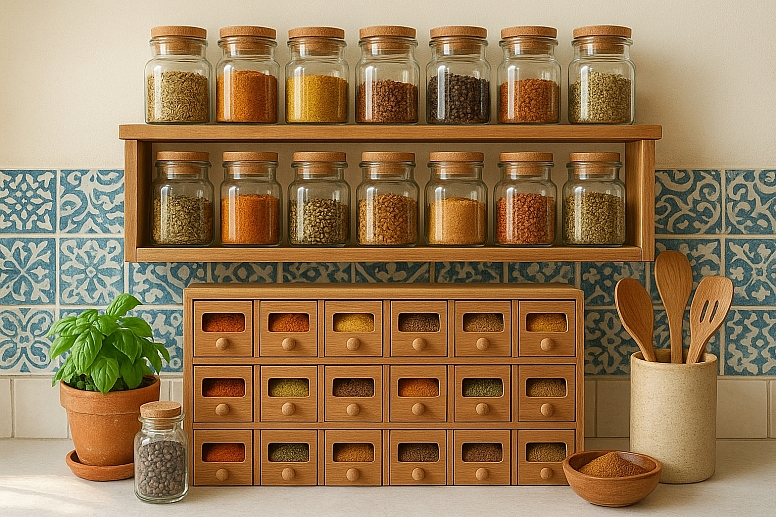
Innovative Ways to Organize Your Spice Collection
From Chaos to Clarity: Mastering Your Spices
A disorganized spice collection can turn the joy of cooking into a frustrating search mission. Jumbled jars, faded labels, and forgotten duplicates clutter cabinets and slow you down. But organizing your spices isn't just about neatness; it's about rediscovering your culinary toolkit. When you can see and access every flavor instantly, you cook with more confidence and creativity.
A well-ordered spice collection saves time, reduces waste, and makes your kitchen more efficient. This guide moves beyond the basic rack to explore innovative and practical solutions that cater to how you actually cook.
Rethink Your Storage: Solutions for Every Kitchen
The best organization system is the one you will use. Consider your kitchen's layout, your cooking frequency, and the size of your collection.
The Magnetic Wall System: This approach turns your wall or the side of a fridge into a functional display.
- How it works: Glue small magnets to the bottom of small tins or jars. Use a metal sheet or a magnetic knife strip mounted on the wall.
- Why it works: It creates a striking visual feature, saves precious cabinet space, and puts every spice at eye level. You can easily rearrange them as your collection grows.
The Drawer Insert System: For those who prefer a clean, minimalist countertop, drawers are a perfect hiding place for clutter.
- How it works: Use adjustable drawer dividers or custom-sized acrylic inserts to create neat rows for jars.
- Why it works: It protects spices from light and heat (which degrade flavor), keeps them dust-free, and utilizes often-wasted deep drawer space. Tip: Place labels on the top of the lids for easy identification when looking down.
The Tiered Shelf System: This classic solution solves the problem of visibility in deep cabinets.
- How it works: Use step-style shelves (often called tiered organizers) inside your cabinet. This elevates the back row so you can see every jar at a glance.
- Why it works: It’s an affordable and incredibly effective way to avoid digging through a crowded shelf. Perfect for both cabinets and pantries.
The First Step: The Great Spice Audit
Before you choose a system, you must confront what you have. Pull every single bottle, bag, and jar out of your cabinets.
- Check for Freshness: Smell and look at each spice. Whole spices (like cinnamon sticks or cumin seeds) stay potent for about 3-4 years. Ground spices begin to lose their punch after 1-2 years. If it smells like dust instead of its aroma, it's time to let it go.
- Consolidate Duplicates: How many half-used jars of paprika do you have? Combine them.
- Ditch the Non-Essentials: Be ruthless. That spice blend from a single recipe you made five years ago can probably go.
Standardize for Serenity
The visual chaos of different-sized jars and packages is a major source of clutter. The single best thing you can do is transfer your spices into uniform containers.
- Choose Your Jar: Small glass jars with airtight seals are ideal. The 4-ounce size is perfect for most ground spices.
- Label Clearly: Use a consistent labeling method. A simple label maker creates a clean, professional look. Include the name and the date you transferred it.
- Benefits: Uniform jars stack neatly, fit perfectly in organizers, and make your collection look intentional and streamlined.
Group with Intention: How to Sort
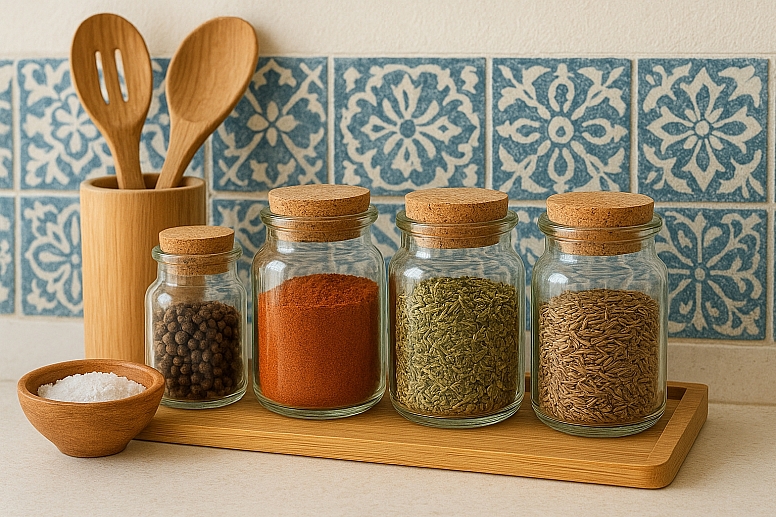
Alphabetical order seems logical, but it’s not always the most useful for cooking. Grouping by cuisine or flavor profile can speed up meal prep.
- By Cuisine: Group all your Indian spices (turmeric, garam masala, cumin seeds) together. Create a section for Italian herbs (oregano, basil, red pepper flakes), another for Mexican flavors (chilli powder, cumin, oregano).
- By Frequency: Keep your everyday salts, peppers, and oils within arm's reach of the stove. Less frequently used spices (like star anise or saffron) can be stored further away.
- By Type: Separate whole spices from ground spices. Keep dried leafy herbs together.
Pro Tips for Long-Term Maintenance
- Buy in Bulk: For spices you use constantly, buying from bulk bins is cheaper and reduces packaging waste. You only buy what you need.
- Go Whole: Whenever possible, buy whole spices (like coriander seeds, nutmeg, peppercorns) and grind them yourself in a dedicated coffee grinder or mortar and pestle. They retain their flavor exponentially longer.
- The "First In, First Out" Rule: When you refill a jar, add the new spice to the back of your row or shelf. Use the older stock first to ensure maximum freshness.
Your Spice Organization Questions, Answered
What is the best place to store spices? Away from heat, light, and moisture. This means not right next to the stove or oven. A dark cabinet or a drawer is ideal. Light and heat are the top enemies of spice potency.
Should I store my spices in the refrigerator? Generally, no. The refrigerator can introduce moisture, which leads to clumping. Unless a specific spice label recommends it (like paprika, which can benefit from it in humid climates), keep them in a cool, dark place.
How can I tell if a spice is still good? Your nose is the best tool. Open the jar and take a deep breath. If the aroma is weak, musty, or barely there, it's lost its potency. Ground spices will also often fade in color.
What’s the best way to label homemade spice blends? Always label them clearly with the name and date. For blends, you can also consider adding a list of the main ingredients on a small tag attached to the jar, so you remember what’s in it.
Transform Your Cooking Experience
An organized spice collection is a silent partner in your kitchen. It removes a small barrier to cooking, making the process more fluid and enjoyable. You’ll waste less money on duplicates, use your spices before they go stale, and perhaps even be inspired to try a new recipe because you can actually see the flavor possibilities waiting for you.
Find a system that speaks to you, dedicate an afternoon to the task, and enjoy the calm efficiency it brings to every meal you create.


